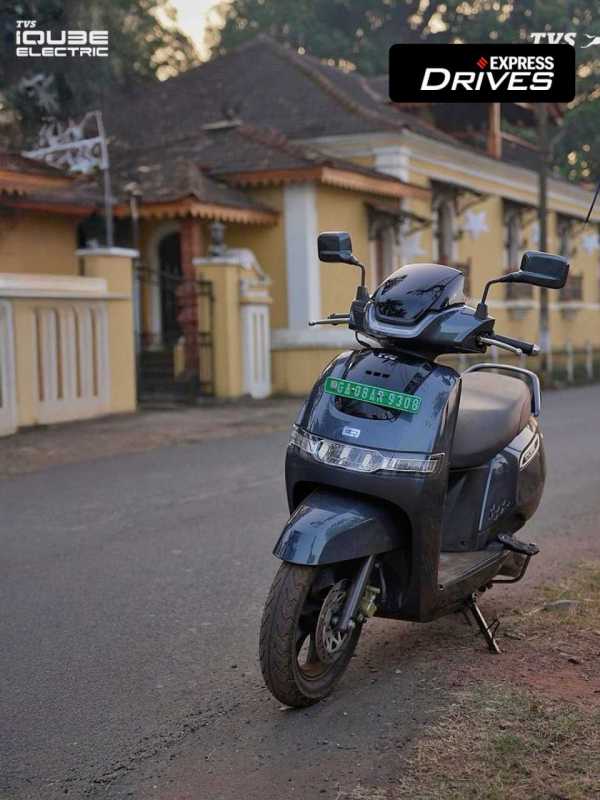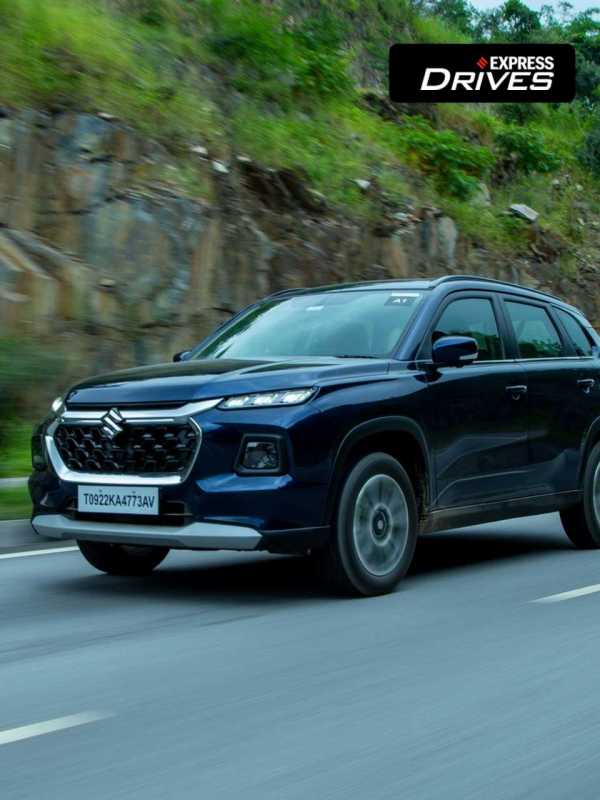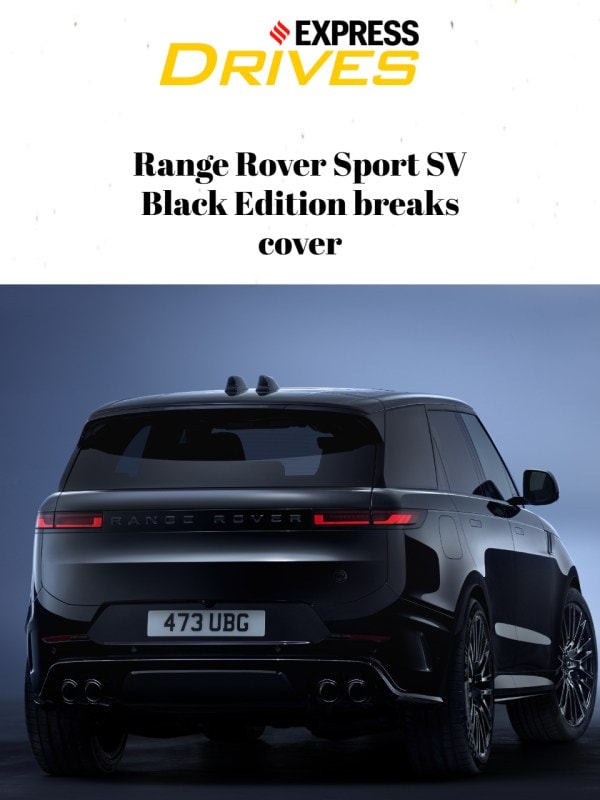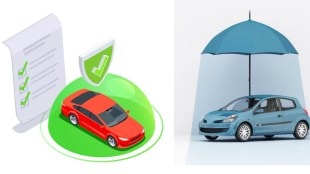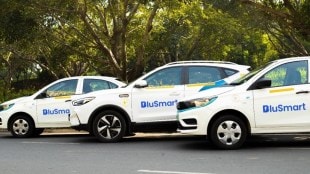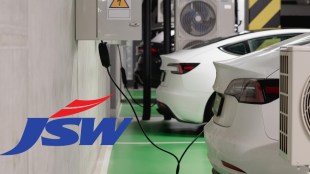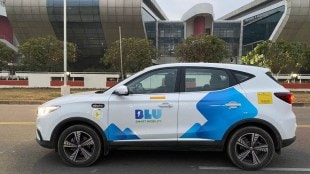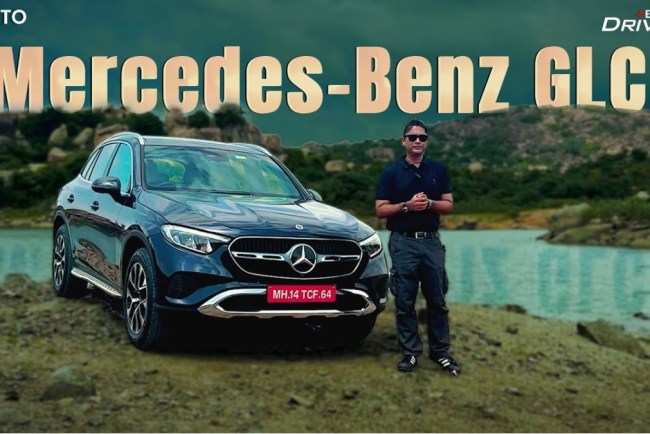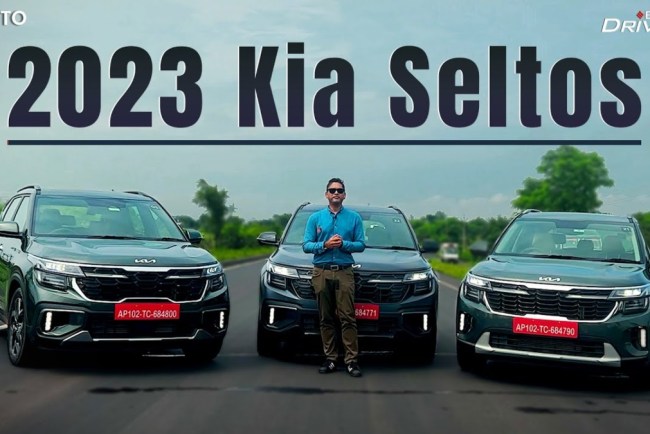By Gautham Maheswaran
The landscape of electric vehicles (EVs) has witnessed an unprecedented surge in recent years. Post-COVID, subsidies (such as the FAME II scheme) and various state policy incentives drove substantial growth in the passenger, private, and commercial segments across India. Despite the COVID-19 slowdown, the industry has been picking up relatively faster than before. Cumulative EV sales, led by the two and three-wheeler segments including passenger vehicle and commercial vehicle sub-segments is headed to touch 1.5M units in 2023. Even with these exponential figures, it’s essential to acknowledge that we’re merely scratching the surface of large-scale EV adoption.
At the heart of every EV lies its battery, which is its life source – delivering power for all its requirements. As the demand for EVs escalates, so does the need for advancements in battery technology. This is undergoing tremendous advancements on multiple fronts, and a very crucial direction of development lies in alternate cell chemistries.
The EV industry is collectively working towards increasing the energy density of batteries – which means that a lighter battery can power a vehicle for longer ranges. Additionally, the safety level of a battery must be such that the battery performs within the set thresholds of critical parameters under different environmental conditions. Another crucial aspect is to reduce battery costs as EVs are still expensive, and the goal is to bring them to a price point that is comparable to or less expensive than their Internal Combustion Engine (ICE) counterparts.
Over the last decade, we have transitioned from lead-acid to lithium-ion (Li-ion) battery-run EVs, as they have become economically viable. They perform exceptionally and have stabilised safety standards. This has facilitated their widespread use in large-scale EV production. Today, the exploration of newer chemistries aims to reduce dependence on raw material mining which is necessary for Li-ion batteries, to foster a more resilient and environmentally conscious energy landscape and to advance the timeline for them to be viable in mass production.
Emerging EV battery alternatives like solid-state, sodium-ion, metal-air, and sodium-sulphur promise safer performance and reduce reliance on metal mining. Each chemistry offers unique benefits and drawbacks. Solid-state batteries, now being tested by industry giants like Toyota and Nissan, are the closest towards commercial use, yet their performance in dynamic conditions needs validation. Their mainstream application might take 5-10 years. Other chemistries might take a little longer – most of them are still in laboratory research and testing phases. On the other hand, chemistries like sodium-ion and metal-air are still in their experimentation phases to overcome energy density and efficiency issues. Certifications like the AIS-156 for Li-ion batteries implemented by the government for testing and validation will set precedence in the R&D of emerging battery alternates as well.
While newer chemistries are advantageous, their implementation needs work, notably on scalability for mass production and setting up the entire supply chain. As they are still under development, their full-scale integration into EVs requires extensive finetuning. While acknowledging the predominant role of Li-ion batteries in the foreseeable future, it’s crucial to explore newer cell chemistries to pave the way for more sustainable and diversified commercial alternates.
The transition to newer battery chemistries in EVs offers a transformative potential. This shift aligns with the industry’s sustainability goals, promotes battery recycling and reuse, fosters a circular economy and reduces reliance on raw material mining. While Li-ion batteries have been a cornerstone in the EV revolution, the exploration and eventual integration of newer battery chemistries are the next big thing in the EV ecosystem. Continued investments and efforts in this realm will pave the way for more efficient, cost-effective, and environmentally conscious EVs in the future.
The author is the Co-Founder, RACE Energy.
Disclaimer: The views and opinions expressed in this article are solely those of the original author. These views and opinions do not represent those of The Indian Express Group or its employees.







